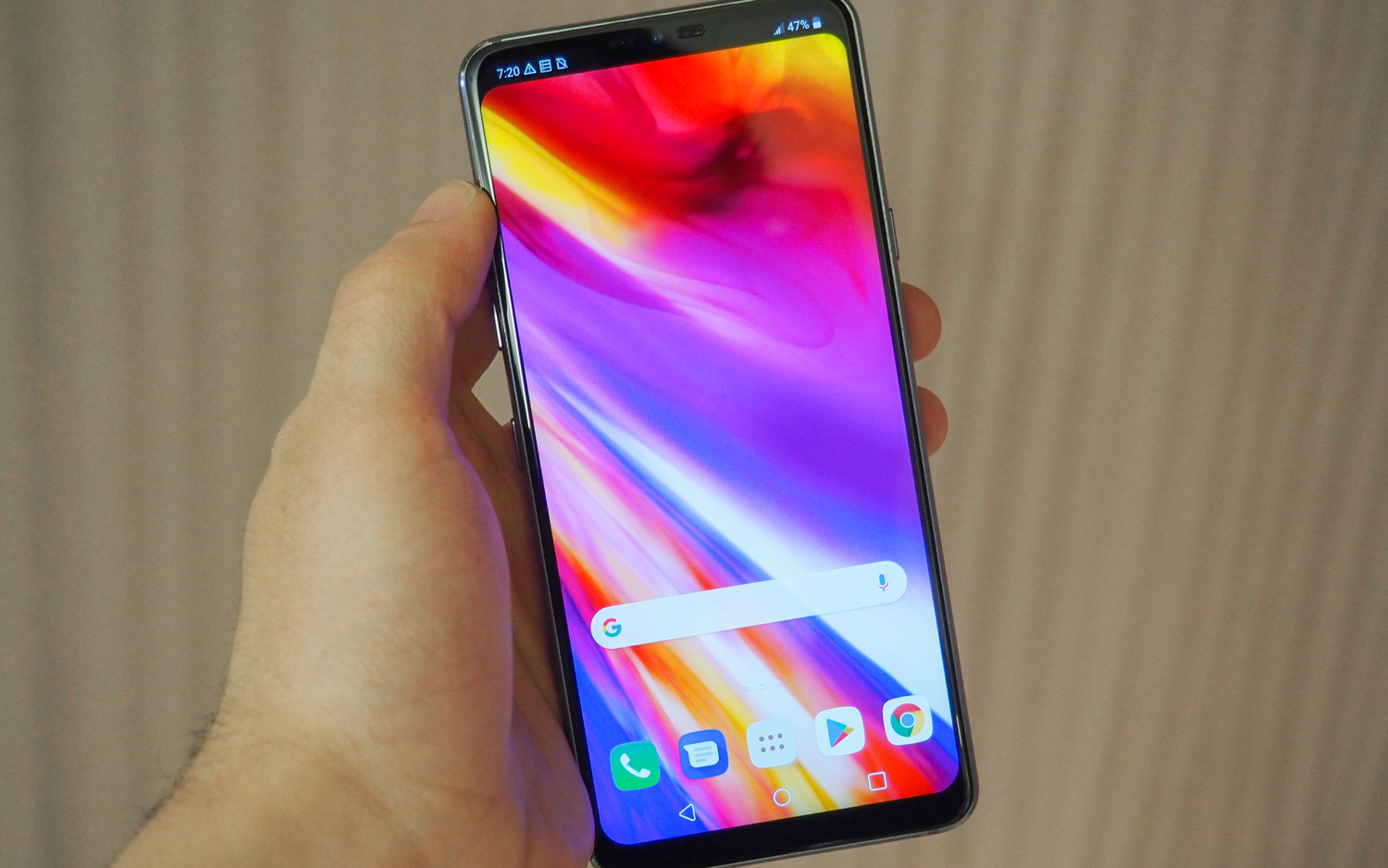How to Order the LG G7 ThinQ
Find out which carriers are offering the latest phone from LG and when you can order it.
We know what kind of features to expect from the LG G7 ThinQ, and even the kind of performance you can expect from the phone's AI-powered cameras. But what about buying the device? And just how much should you expect to pay from the G7 ThinQ?

You'll have to turn to your favorite wireless carrier to find out, as LG is letting them handle sales. Even with AT&T taking a pass on this phone — it plans to sell the more expensive LG V35 ThinQ instead — you still have plenty of options, as the other three major carriers started selling the phone as of today (June 1). And they're joined by a surprise source — Google's Project Fi, which is expanding the number of phones that now work on its cellular service.
MORE: LG G7 vs. Galaxy S9: How They Compare
We've had the chance to test a pre-production version of the LG ThinQ G7 and found it to be a solid though not particularly remarkable device. Its strongest features include an AI-powered camera and tight integration with the Google Assistant. If that's intriguing to you, here's where you can find out more about ordering the LG G7 ThinQ, which costs between $749 and $792 depending on where you buy it.
Project Fi
You probably didn't expect LG's new phone to land at Google's wireless service. But starting last year with the Moto X4, Google has been looking to allow more phones to work with Project Fi, which relies on the networks of Sprint, T-Mobile and US Cellular plus Wi-Fi to offer cellular connectivity. The G7 ThinQ is one of the new phones added to Project Fi, where you can get it for $749 or $31.21 a month if you pay for the phone in installments.
While other carriers are now selling the G7, as of this writing, it's still listed as coming soon at the Project Fi site.
Sprint
The LG G7 ThinQ is now on sale, available for $33 a month if you lease it for 18 months through a Sprint Flex plan. You can upgrade to a new phone after 12 months or buy the phone by paying off the remaining balance at the end of your lease. Buying the G7 outright from Sprint will cost $792.
Sign up to get the BEST of Tom's Guide direct to your inbox.
Get instant access to breaking news, the hottest reviews, great deals and helpful tips.
Sprint's continuing an offer from when it was taking pre-orders on the phone where you can get a second G7 for free when you lease the first one. Credits for the second phone appear on your bill within two payment periods and run for the length of your lease.
T-Mobile
The Uncarrier sells the G7 for $750. Broken up over T-Mobile's 24-month payment plan, that comes out to $30 a month after you put $30 down on the new phone. T-Mobile customers have the option of going with the Raspberry Rose colorway, which other carriers will not be offering.
If you're looking to pick up multiple phones, T-Mobile has a buy-one-get-one-free offer on the G7, though it requires you to pay for both phones in installments. The savings on the second G7 will come to you in the form of bill credits.
Verizon
After getting an early jump on other carriers by starting pre-sales early, Verizon is charging $31.25 a month for the phone if you pay for it monthly over the next two years. The G7 costs $750 at Verizon if you buy it outright.
The carrier really wants you to buy the G7 in installments, though, as it's offering to knock $100 off the price of the phone when you pay for it over 24 months. That discount will be spread out over the life of your agreement, though.
Verizon says you can stack that offer with additional trade-ins for further savings on the G7. Trading in an iPhone 6s or later, any Pixel phone, a Galaxy S7 Edge or later, a Galaxy Note 8, LG G6 or V30 or any Moto Z Force phone gets you a 50 percent discount. Older phones are eligible for 35 percent or 25 percent discounts. That trade-in amount is applied to your bill in the form of monthly credits.
Updated on June 1 with Project Fi info.
Philip Michaels is a Managing Editor at Tom's Guide. He's been covering personal technology since 1999 and was in the building when Steve Jobs showed off the iPhone for the first time. He's been evaluating smartphones since that first iPhone debuted in 2007, and he's been following phone carriers and smartphone plans since 2015. He has strong opinions about Apple, the Oakland Athletics, old movies and proper butchery techniques. Follow him at @PhilipMichaels.





